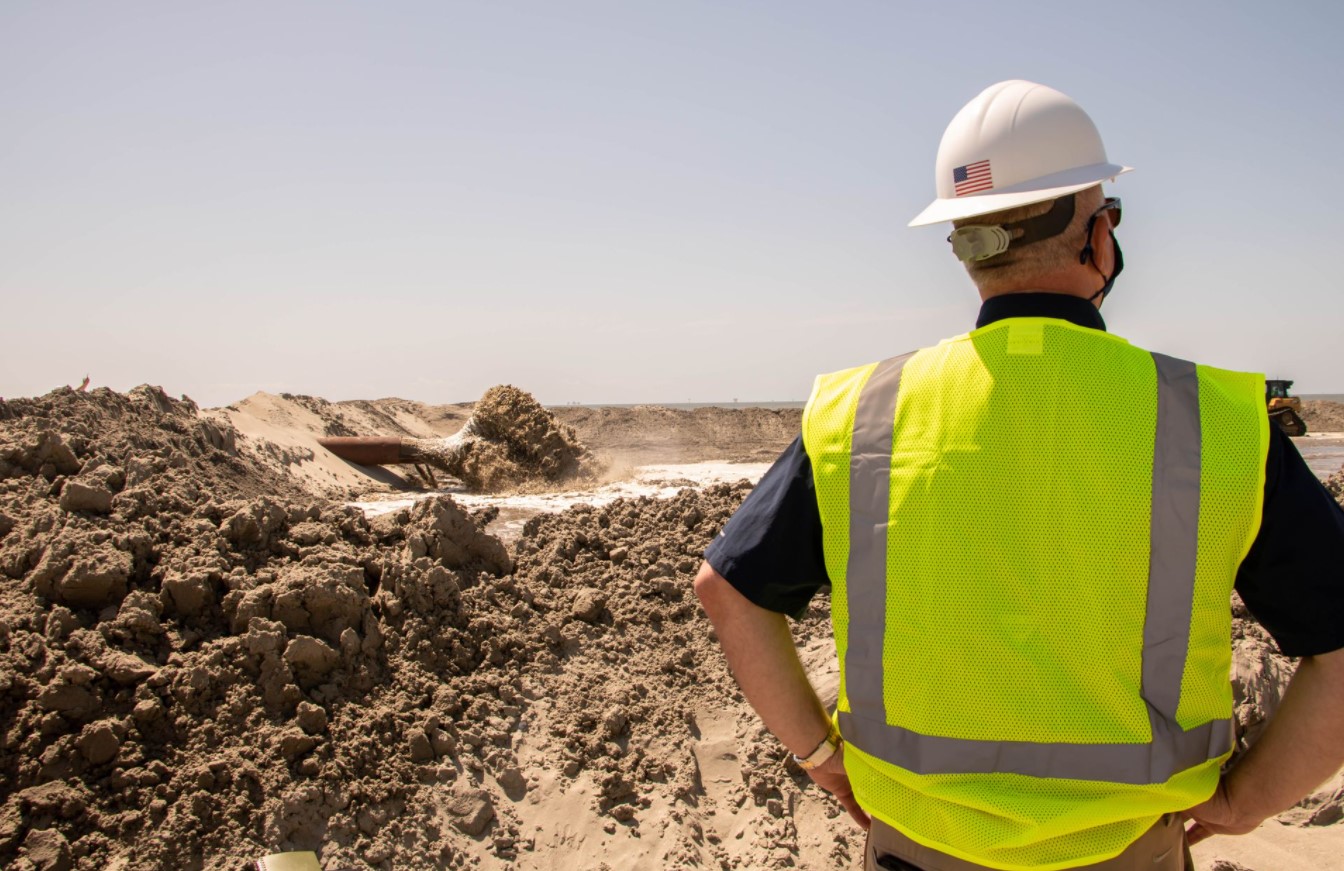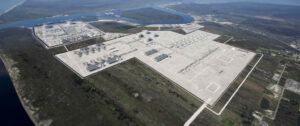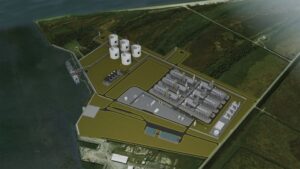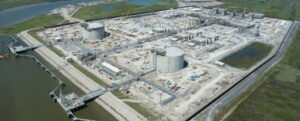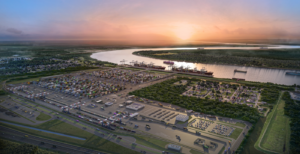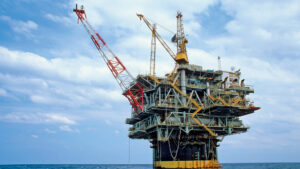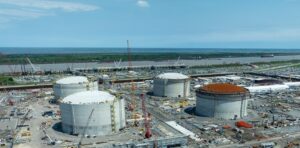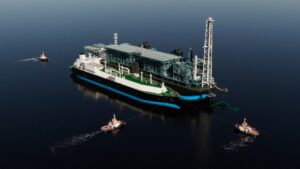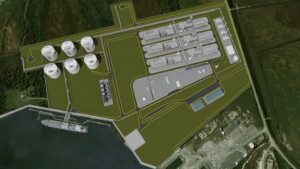Restoring Louisiana’s first line of defense against hurricanes
Last Friday, Louisiana Governor John Bel Edwards joined the Coastal Protection and Restoration Authority (CPRA) to announce the completion of massive restoration efforts on Trinity-East Island.
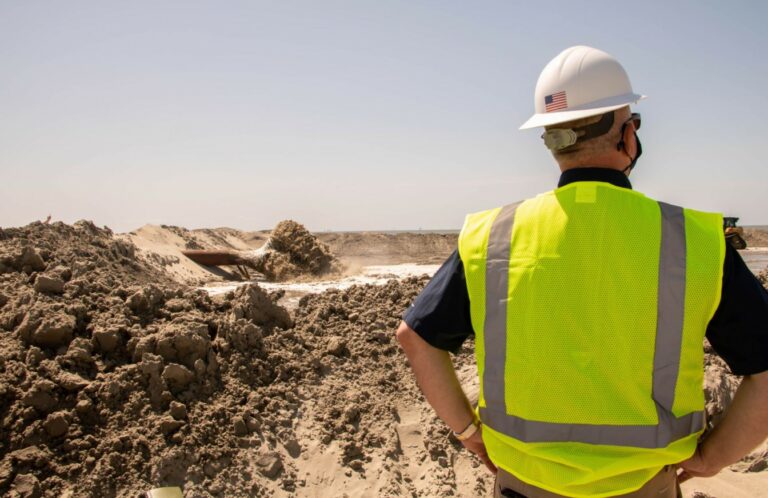
The island was restored as part of the Terrebonne Basin Barrier Island and Beach Nourishment project, which includes the restoration of West Belle Headland and Timbalier Island.
The Terrebonne Basin scheme is using $167 million in funds from the Deepwater Horizon oil spill administered by the National Fish and Wildlife Foundation (NFWF) and $3 million in state funds to restore 1,257 acres of marsh, dune, and beach in Terrebonne and Lafourche parishes.
The completed Trinity-East project built over 2.5 miles of continuous shoreline and 301 acres of beach habitat on the historic barrier island.
“The newly completed Trinity-East Island project faced an immediate test with Hurricane Ida, and it passed,” Gov. Edwards said. “The project’s success is a testament to the resiliency of our coastal projects and the importance of restoring and preserving Louisiana’s barrier island chain. We’re excited to announce the completion of Trinity-East Island and the continuation of this 1,257-acre restoration effort on Timbalier Island and West Belle Headland.”
“Despite facing one of the strongest hurricanes in our state’s history, Trinity-East Island fared incredibly well and sustained minimal damage,” CPRA Chairman Chip Kline said. “Hurricane Ida reaffirmed the necessity of protecting the systems that protect us. The Terrebonne Basin project serves both protection and restoration functions while playing an integral role in the coastal program’s multiple lines of defense strategy.”
According to the officials, the project’s next phase will include the restoration of 376 acres of beach and marsh on Timbalier Island and 97 acres of additional beach on West Belle Headland. Construction on Timbalier Island began on July 31.
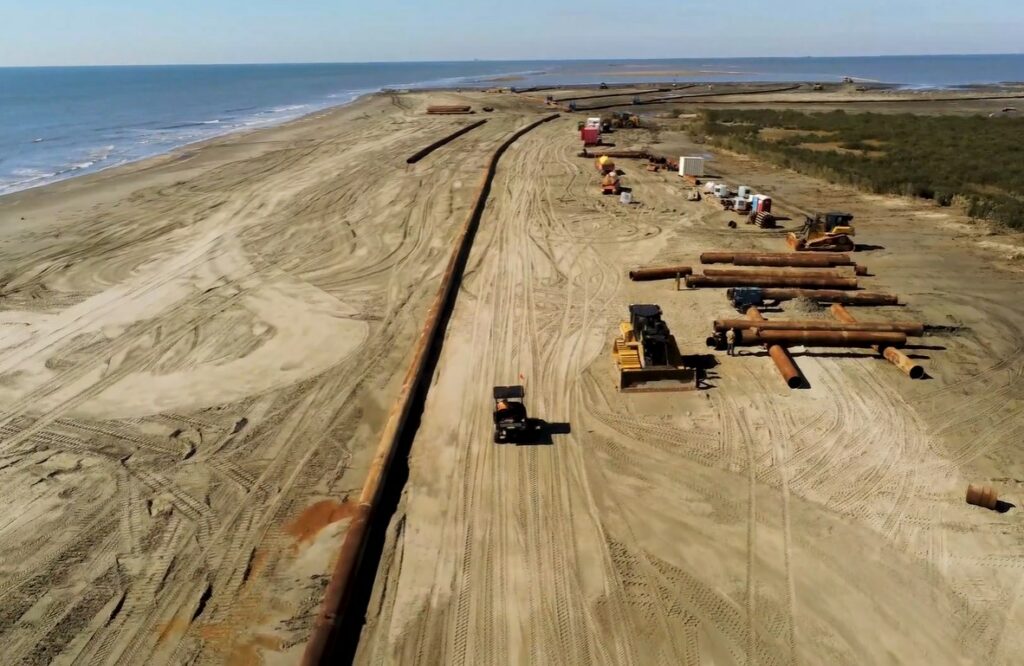
“This is an impressive example of the state’s commitment to protect coastal properties, as well as to provide critical habitat for birds and other species of greatest conservation need,” LDWF Secretary Jack Montoucet commented. LDWF manages the Isle Dernières Wildlife Refuge, which includes a portion of the Trinity-East project site.
Jeff Trandahl, executive director and CEO of NFWF, added that the landscape scale of the Terrebonne Basin project will drive long-term sustainability for the iconic wildlife populations of coastal Louisiana, as well as for the communities and industries that rely on these natural habitats as a first line of defense against storms and erosion.
The offshore sand source being used for restoration is provided through a mineral lease with the Bureau of Ocean Energy Management (BOEM).
“BOEM is pleased to work with our partners in restoring critical coastal areas in the Gulf of Mexico region,” said Michael Celata, BOEM’s Gulf of Mexico Regional Director. “Using offshore sand resources is a smart way to protect communities from the accelerated effects of climate change.”
CPRA is the lead state agency charged with building and strengthening Louisiana’s coastal habitats as well as manmade protective structures. It also serves as the designated state representative in coastal partnerships with federal entities.
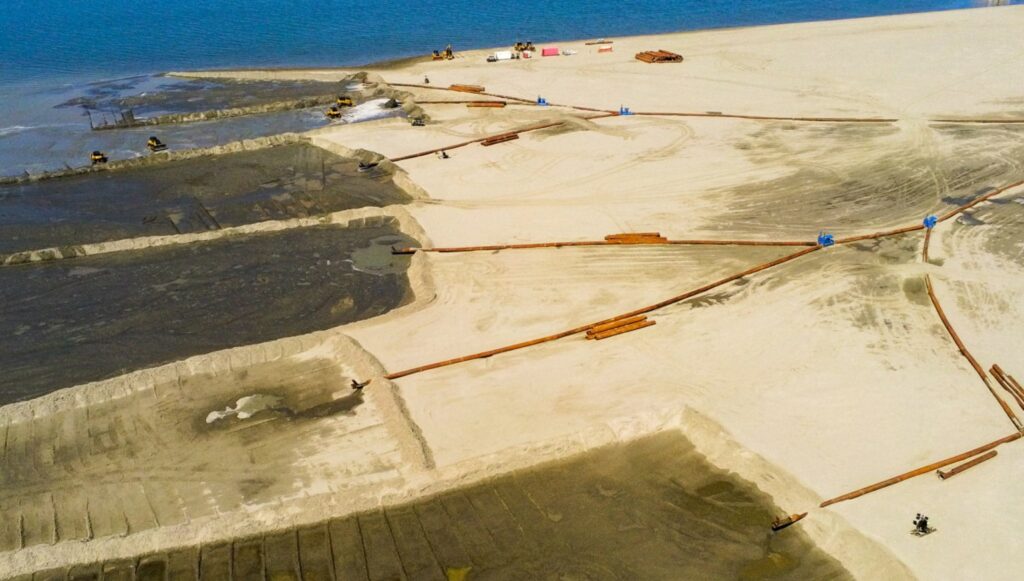
“Over 9 million cubic yards of sediment are being used to complete this large-scale restoration project and provide improved storm surge protection to Terrebonne and Lafourche parishes,” CPRA Executive Director Bren Haase said. “We’re proud of the planning and collaboration that went into ensuring the state’s largest barrier island restoration project is a success for the people and wildlife who call these parishes home.”
Local leaders including Terrebonne Parish President Gordon “Gordy” Dove and Lafourche Parish President Archie Chaisson joined in celebrating the completion of the island’s restoration.
“Terrebonne’s Barrier Islands serve a number of important purposes. Not only do they offer critical habitat for wildlife and nesting migratory birds, they offer excellent fishing opportunities and protect our important coastal marshes, which are the breeding grounds for shrimp and fish species,” Dove said. “But, most important for Terrebonne Parish, the barrier islands are our critical first line of defense against hurricane storm surge. They help to reduce hurricane-driven storm surge, which can be so damaging as it travels inland.”
“Our critical barrier island chains help to protect our basin and knock down storm surge like we recently experienced during Hurricane Ida,” said Lafourche Parish President Archie Chaisson. “I’m grateful for our partnership with CPRA and their commitment to our coastal communities. Now, more than ever, it is crucial that we preserve and maintain our barrier island chains, marshes, and levee systems across South Louisiana.”
BACKGROUND
The Terrebonne Basin Barrier Island and Beach Nourishment project includes engineering, design, and construction of beach, dune, and marsh habitat within the Terrebonne Basin barrier island system with restoration work on West Belle Headland, Timbalier Island, and Trinity-East Island.

The project will create and/or nourish approximately 1,257 acres of barrier island habitat using approximately 10 million cubic yards of dredged sediment.
This $170 million project (including E&D and construction) was awarded to Weeks Marine, Inc. on August 14, 2019. Mobilization and dredging began in early 2020 and the whole project is expected to be completed next spring.

